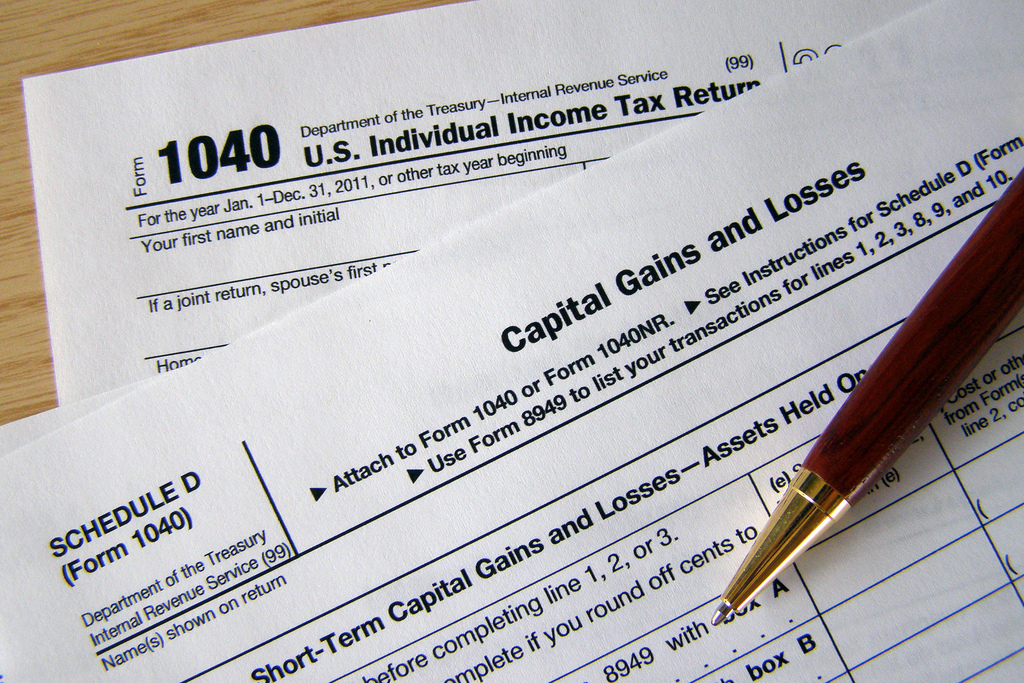Soaking the Rich Doesn’t Lead to Income Equality
The scheme to tax top income earners at an astounding 70 percent marginal rate received an endorsement by economists Emmanuel Saez and Gabriel Zucman in the New York Times earlier this week. Echoing similar arguments from Rep. Alexandria Ocasio-Cortez, Saez and Zucman likened this proposal to the mid-20th-century United States, where similar high marginal rates exceeded 70 and even 90 percent on the top earners.
Although these rates were originally implemented as part of an attempt to finance Great Depression–era relief programs and, later, the United States’ entry into World War II, Saez and Zucman offer a novel justification for their proposal. They do not seek additional revenue; they seek to discourage and penalize the accumulation of wealth itself. As they write:
That few people faced the 90 percent top tax rates was not a bug; it was the feature that caused sky-high incomes to largely disappear. The point of high top marginal income tax rates is to constrain the immoderate, and especially unmerited, accumulation of riches. From the 1930s to the 1980s, the United States came as close as any democratic country ever did to imposing a legal maximum income. The inequality of pretax income shrank dramatically.
There are several suspect empirical claims baked into the Saez-Zucman argument.
High income earners did not actually “disappear” at the mid-century mark as these economists claim. They simply utilized the dozens of legal deductions, exemptions, and other tax incentives that were part of the IRS code in that era to reduce their overall tax burden. They also took advantage of tax-rate differentials between individual, corporate, and capital gains taxes to shelter their earnings from the high rates, a practice known as income shifting.
While the top of the tax schedule matched or exceeded 70 percent prior to the 1980s, nobody actually paid these rates. A million-dollar earner in 1963 was subject to a top marginal rate of 91 percent on income above $200,000, and would have faced an overall tax rate in excess of 80 percent if taxed without the benefit of deductions. With legal deductions and other loopholes though, the same individual’s effective tax rate dropped to only 40 percent of their adjusted gross income (AGI) in 1963.
By presenting only the extremely high marginal rates of the mid-century and suggesting that they actually applied to and discouraged high incomes, Saez and Zucman obscure the economic reality of much lower effective tax rates that even their own data reveal to have been only slightly above current levels.
There’s an even more fundamental problem with Saez and Zucman’s argument though. They also claim that the same high marginal-rate structure causally reduced inequality in the United States. By implication, the economists present Ocasio-Cortez’s proposal for a 70 percent rate as a viable “solution” to income inequality today.
This causal claim, however, is dubious. It rests upon a conflation of the statutory top marginal rates of their proposal, and the concept of a top income share, which is measured from a total AGI base. The proper unit for comparison with the income-share metric is not the top marginal rate that they use in their argument, but the overall effective tax rate that was actually paid by the top income earners.
The top marginal rate in itself does not and cannot consistently support the causal link that Saez, Zucman, and Ocasio-Cortez attribute to it, because it does not even measure the mechanism behind their theory — that is, that high tax rates discourage high income earning and thereby reduce inequality. Effective tax rates, as we have seen, do not fit with this historical narrative.
If not high marginal taxes, what did reduce income inequality at the mid-century mark?
First, the inequality reduction in this era was not as pronounced as these economists claim. Saez and Zucman (along with their frequent collaborator Thomas Piketty) rely on their own statistics, which depict a sharp drop in top income shares between about 1940 and 1945 around the time that the 90 percent–plus marginal rates became a permanent fixture of the tax code.
These estimates are plagued with data-quality issues and accounting errors that exaggerate the magnitude of the drop, as I document here in a paper with Vincent Geloso, John Moore, and Philip Schlosser. When corrected, the data show a very different pattern where top income concentrations begin to drop with the 1929 stock market crash, pre-dating any of the income tax policies that Saez and Zucman credit for the reduction.
The claimed inequality rebound after 1980 presents a second complication for Saez and Zucman’s narrative. While they attribute this rebound to the Reagan-era tax cuts that reduced top marginal rates to levels approximating those in the current tax system, their statistics here are also suspect. Saez and Zucman claim a sharp post-1980 inequality surge that is not found in other estimates of income concentrations. One recent correction to their data, specifically accounting for the aforementioned tax-shifting problem, suggests only a modest post-1980 rise — only half of what Saez and Zucman claim. Furthermore, when examining post-tax and post-transfer income to account for the effects of income redistribution, the claimed rise of recent decades almost entirely disappears.
There’s also a third complication. Saez and Zucman’s mid-century measures may actually be too low. The reason may be found in the aforementioned issues of income shifting and tax avoidance. As a recent article by George Mechling, Stephen Miller, and Ron Konecny argued, the data set Saez and Zucman use may understate income concentrations prior to the 1980s because it misses legally sheltered income among top earners.
Combined, these three corrections point to a very different set of causes than the high top marginal tax rates of the mid-century.
The decline in top income concentration that did occur followed the 1929 crash, and was likely foremost a product of the Great Depression’s corrective effects on a prior income-concentration spike that occurred in the mid-to-late 1920s. The post-1980 rebound, if any occurred at all, is both substantially smaller than what Saez and Zucman claim and likely a product of tax shifting around a sweeping tax-code overhaul in 1986, as well as unrelated demographic changes (shifting workforce participation, internal migration in the United States, immigration, and changing marriage-and family-composition patterns in the last half-century).
What’s not at all evident though is an inequality compression caused by high marginal tax rates, or an inequality rebound caused by cuts to those same high marginal rates.











